Why Choosing the Right Product Shoot Matters
In the fast-paced digital marketplace, high-quality product images can make or break a customer’s decision. With thousands of brands competing for attention, a well-executed product shoot can elevate your brand, increase engagement, and drive sales. But not all product photography is the same—each type serves a different purpose, target audience, and brand aesthetic.
In this guide, we’ll explore:
- The various types of product photography.
- Their unique advantages.
- How to select the right one for your brand.
Whether you’re an e-commerce retailer, luxury brand, or small business owner, understanding these styles will help you craft a visual identity that aligns with your brand message.
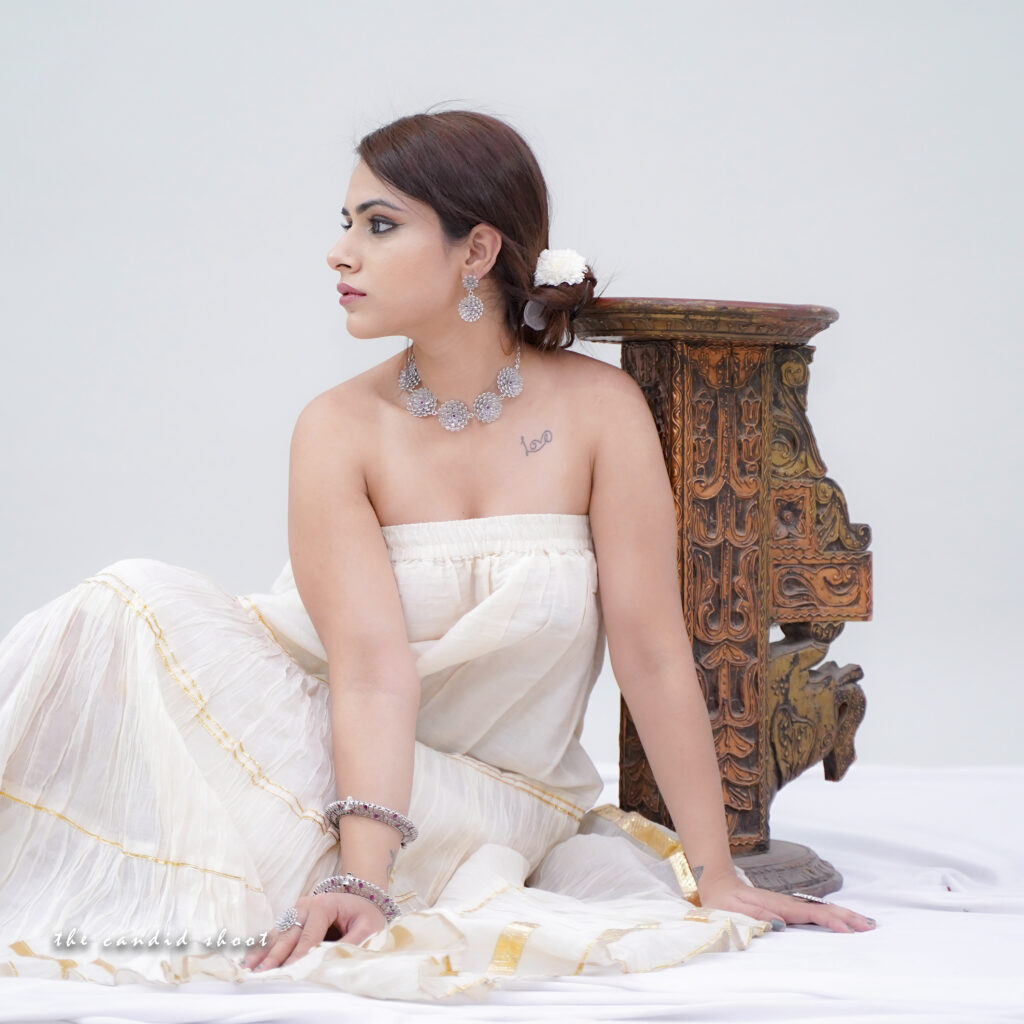
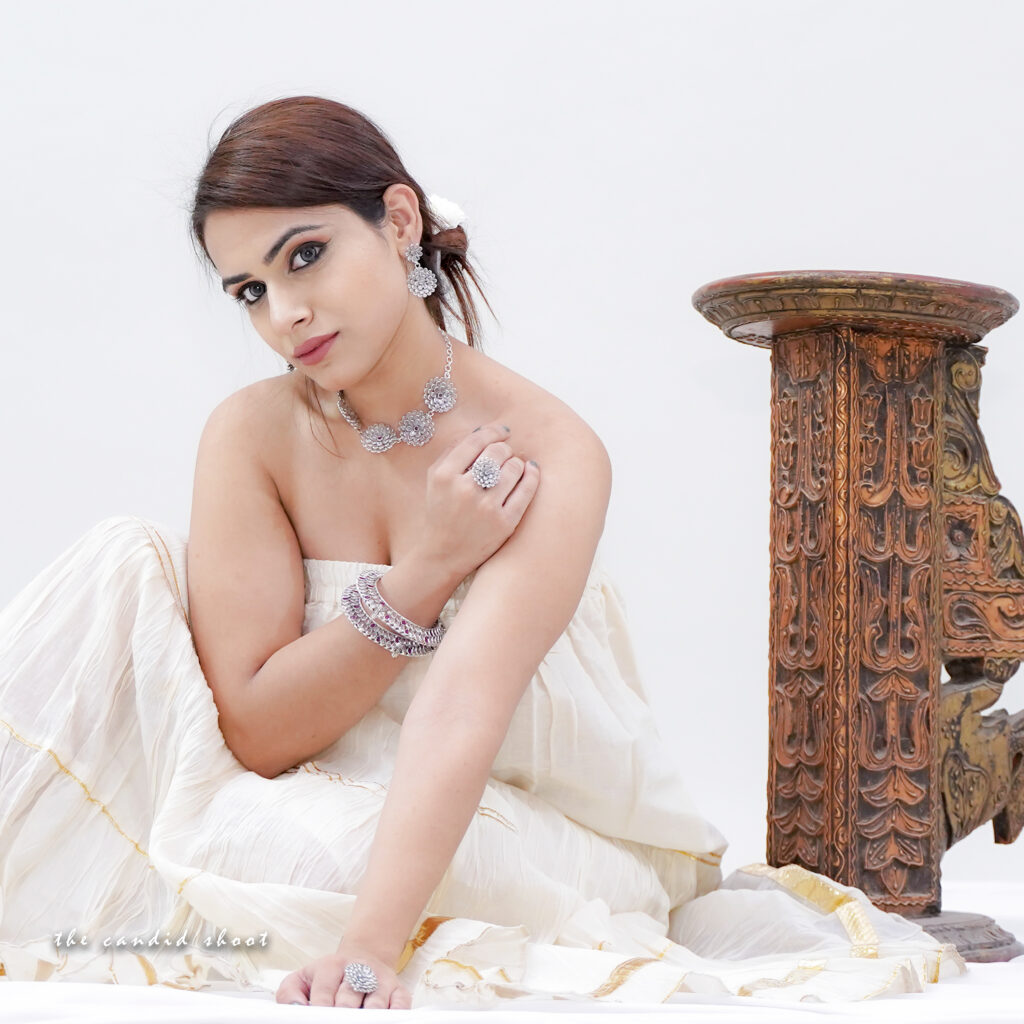
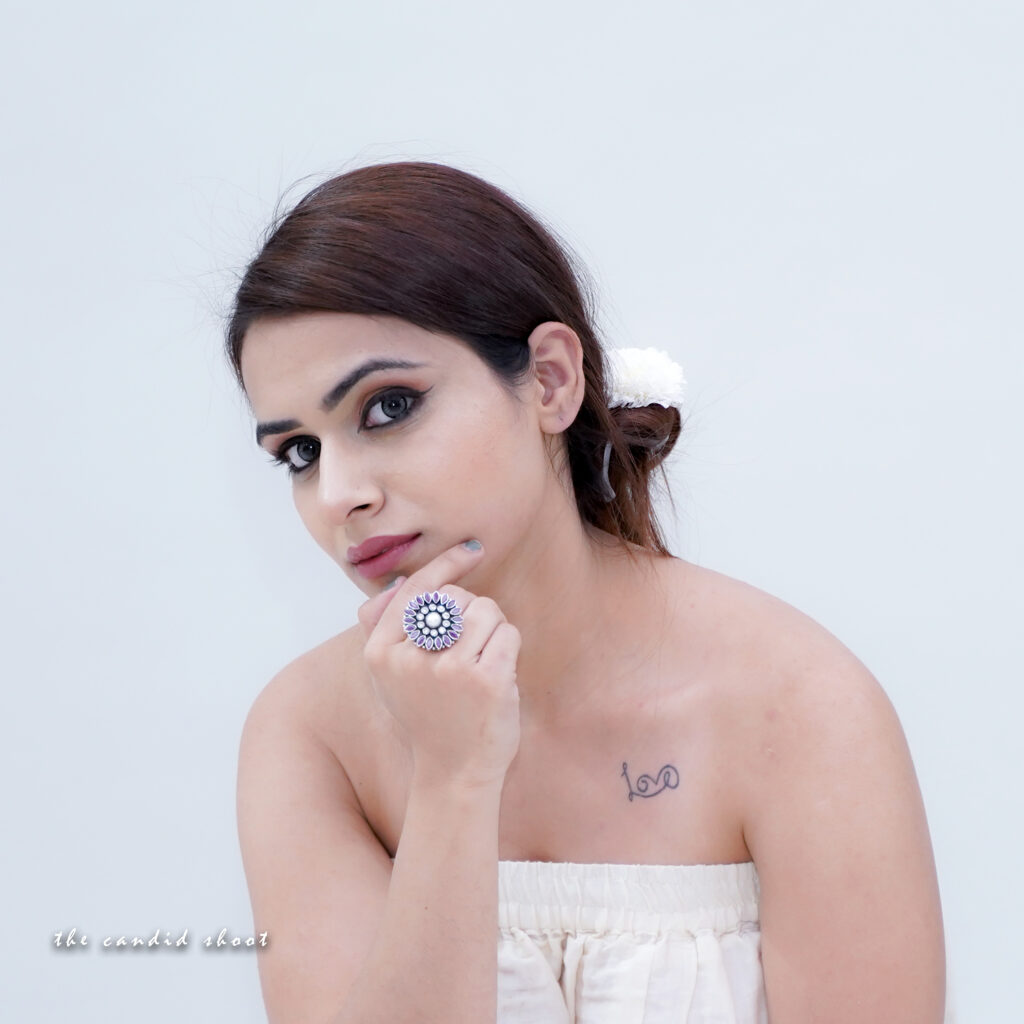
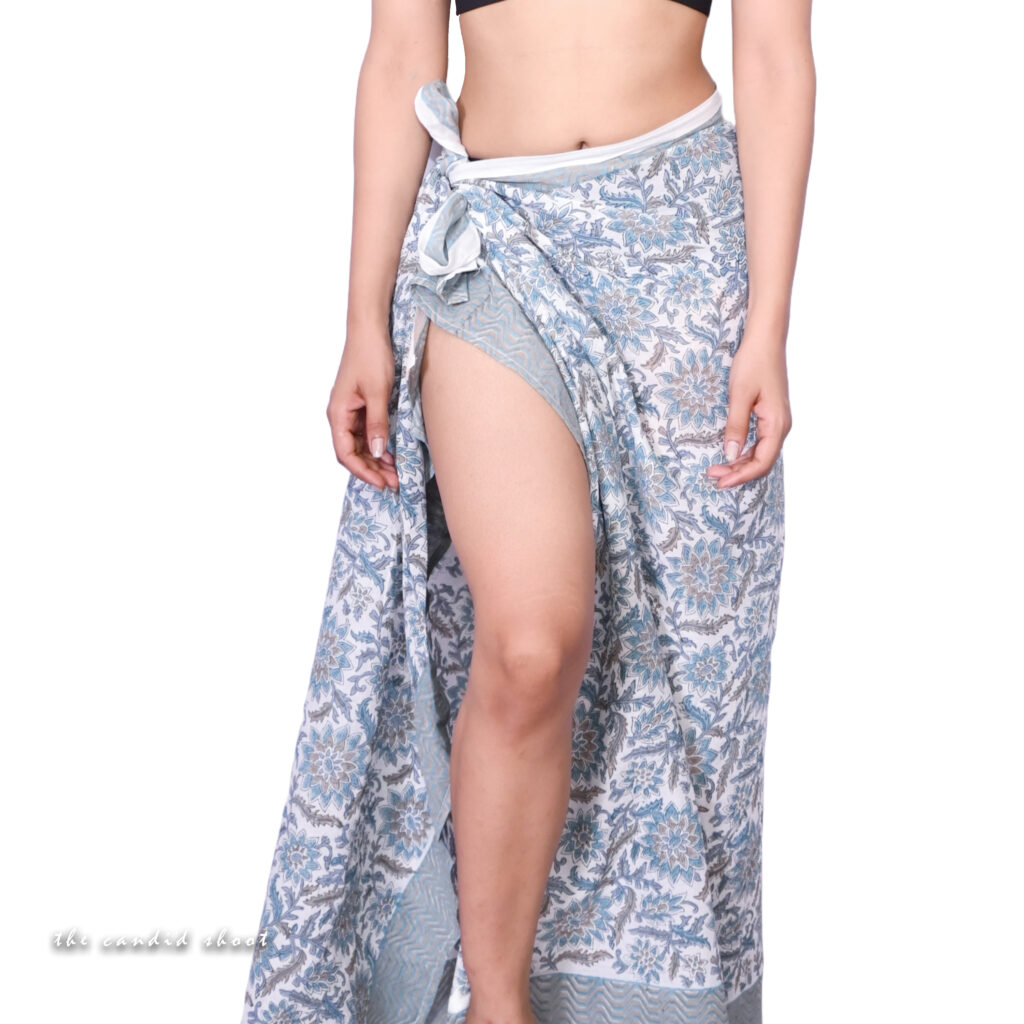
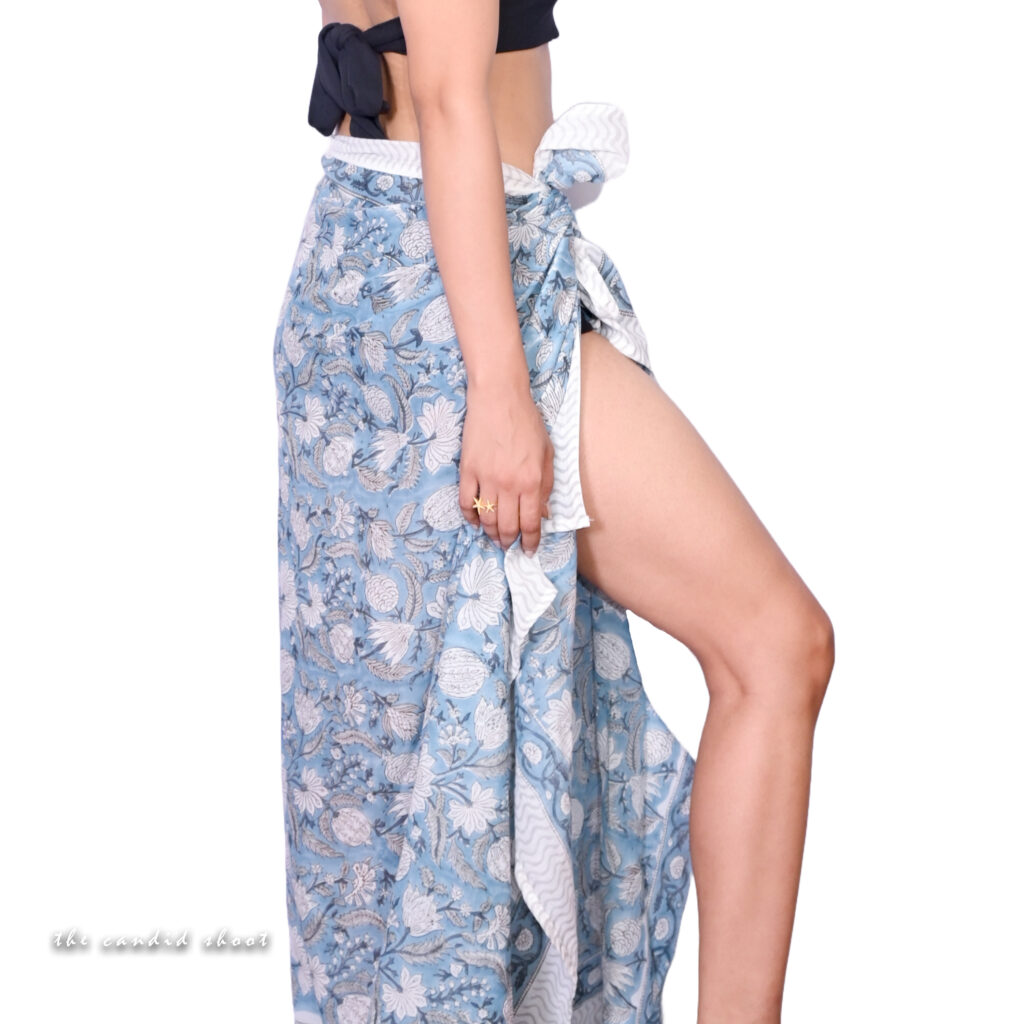
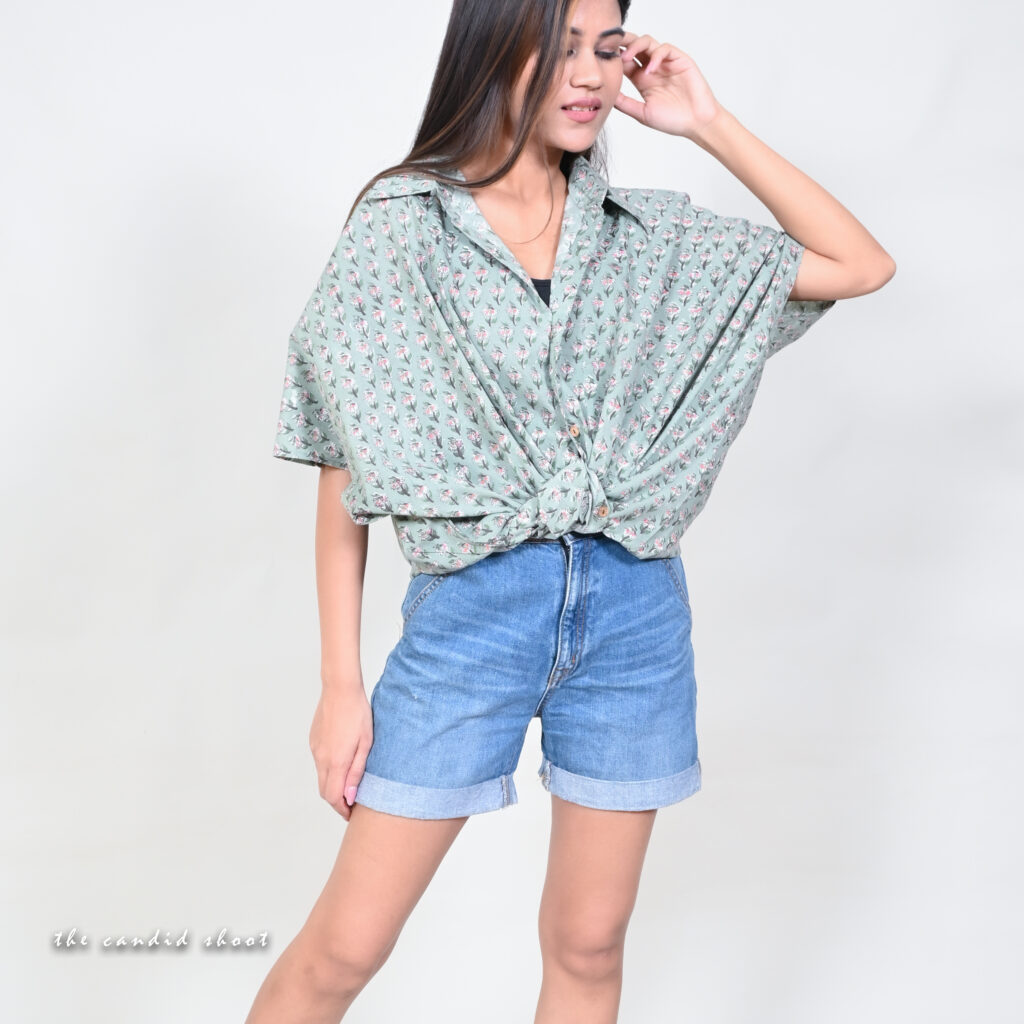
1. White Background Photography: Clean and Professional
A white background product shoot is the most common and widely used style in e-commerce. This method involves placing a product against a clean, white surface with even lighting. The result is a crisp, distraction-free image that highlights the product’s features.
Why Choose This Style?
White background shots are ideal for online stores like Amazon, eBay, and Shopify. They ensure uniformity across product listings, maintain a professional look, and enhance visibility in search results.
Best For:
- E-commerce websites requiring clean, consistent images.
- Tech gadgets, beauty products, and fashion accessories.
- Brands looking for a no-frills, product-focused approach.
2. Lifestyle Product Photography: Creating an Emotional Connection
Unlike isolated product shots, lifestyle photography places products in real-life settings. A skincare brand might feature a cream on a bathroom counter, while a sneaker brand may showcase shoes worn during an outdoor jog. These images help customers visualize the product in their daily lives, fostering a stronger emotional connection.
Why Choose This Style?
Lifestyle photography makes products more relatable. It tells a story, appeals to emotions, and builds trust with the audience. It’s a powerful way to humanize a brand and boost engagement on social media.
Best For:
- Fashion and beauty brands looking to showcase real-world use.
- Home decor and kitchenware companies selling ambiance-driven products.
- Fitness brands demonstrating active use in a natural setting.
3. Flat Lay Photography: Aesthetic and Organized
Flat lay photography involves arranging products on a flat surface and capturing them from above. This top-down perspective is particularly popular for fashion accessories, cosmetics, food items, and stationery. It allows for creative arrangements, making images visually engaging while keeping the focus on the product.
Why Choose This Style?
Flat lays offer artistic flexibility while maintaining clarity. They allow brands to create aesthetic compositions that align with their visual identity. The structured arrangement enhances brand storytelling and is perfect for social media branding.
Best For:
- Beauty and fashion brands showcasing multiple items in a single frame.
- Food and beverage brands creating visually appetizing images.
- Creative businesses emphasizing design and layout.
4. 360-Degree Product Photography: Interactive and Detailed
A 360-degree product shoot captures a product from multiple angles, creating an interactive experience where viewers can rotate the image. This method is becoming increasingly popular on e-commerce platforms and high-end retail websites, as it provides a comprehensive view of the product’s details.
Why Choose This Style?
360-degree photography enhances customer confidence by providing a realistic, immersive shopping experience. It reduces return rates since buyers can see every angle before purchasing. This is particularly useful for products with intricate details, such as electronics, watches, and high-end fashion.
Best For:
- Luxury brands showcasing premium craftsmanship.
- Technology and electronics retailers needing to display product features.
- Automobile and furniture brands offering detailed product visualization.
5. Ghost Mannequin Photography: Highlighting Apparel Without Distraction
Ghost mannequin photography (also known as invisible mannequin photography) is widely used in fashion retail. This technique involves photographing clothing on a mannequin and then digitally removing the mannequin in post-production. The result is a 3D, hollow effect, making the apparel appear as if it’s being worn.
Why Choose This Style?
This method provides a clean, professional look while maintaining a realistic appearance. Unlike flat lays or model-based photography, ghost mannequin images focus exclusively on the product’s fit and structure without distractions.
Best For:
- Clothing brands looking for a polished, high-end presentation.
- E-commerce fashion retailers needing uniform product images.
- Luxury and designer brands emphasizing garment details.
6. Macro Photography: Capturing Fine Details
Macro photography involves using a specialized macro lens to capture extreme close-ups of small products. This technique is commonly used for jewelry, watches, and intricate handmade crafts, where details matter.
Why Choose This Style?
This method highlights textures, engravings, and craftsmanship that might not be visible in standard product shots. A diamond ring, for instance, can be showcased with sharp clarity, emphasizing its sparkle and cut.
Best For:
- Jewelry brands showcasing gemstones and intricate details.
- Luxury watches with delicate mechanisms.
- Artisan and handmade product sellers needing high-detail images.
7. Conceptual and Creative Product Photography: Standing Out
Conceptual product photography involves unique, eye-catching compositions designed to create an artistic impression. This might include bold lighting, surreal backgrounds, or abstract elements. It is often used in high-end fashion campaigns, perfume ads, and creative branding.
Why Choose This Style?
Conceptual photography makes a brand stand out. It’s visually compelling and perfect for marketing campaigns, editorial spreads, and social media branding. This style encourages artistic storytelling and creates memorable product images.
Best For:
- Luxury and high-fashion brands needing artistic appeal.
- Perfume and cosmetic brands focusing on sensory experiences.
- Beverage and gourmet brands seeking innovative visual storytelling.
How to Choose the Right Product Shoot for Your Brand?
1. Define Your Brand Identity
A minimalist brand will benefit from white background photography, while a lifestyle brand might lean toward lifestyle or flat lay shots. Understanding your brand’s personality helps in making the right choice.
2. Know Your Audience’s Expectations
What type of visuals do your customers engage with? E-commerce buyers expect clean, product-focused images, while social media users engage more with creative, storytelling-driven shots.
3. Align Photography with Marketing Goals
If your goal is to increase engagement on Instagram, lifestyle or conceptual photography might work best. If you’re focusing on e-commerce conversions, white background or 360-degree shots could be more effective.
Conclusion: The Power of Choosing the Right Product Shoot
Product photography is more than just taking pictures—it’s about telling a visual story that resonates with your audience. Choosing the right type of product shoot enhances brand perception, builds trust, and increases conversions.
By understanding the different styles and aligning them with your brand’s identity and goals, you can create product visuals that not only look stunning but also drive business success.

Sony Alpha a7 IV: The Ultimate Camera for Photography

Nikon Z5 Review: Is It Worth It?
-

Nikon Z9 : Game-Changer for Photography
-

Top Features of Nikon D850 That Make It Ideal for Portfolio Shoots
Sony Alpha a7 IV: The Ultimate Camera for Photography
Explore the Sony Alpha a7 IV in this complete 2025 review. Learn how its pro-level features, real-world performance, and hybrid flexibility make it the ultimate camera for photography across genres like portraits, weddings, travel, and commercial work. Table of Contents Section 1: Introduction – Why the Sony Alpha a7 IV Stands Out The Sony Alpha…
Nikon Z5 Review: Is It Worth It?
In 2025, photographers—whether hobbyists, content creators, or professionals—seek equipment that blends value, performance, and future-readiness. Enter the Nikon Z5, a full-frame mirrorless camera marketed as a gateway to high-end imaging without a flagship price tag. But how well does it hold up under real-world demands like studio shoots, weddings, landscape adventures, and lifestyle photography? In…
Nikon Z9 : Game-Changer for Photography
Discover why the Nikon Z9 is considered a true game-changer for photography. This in-depth Nikon Z9 review explores key features, real-world performance, and how it excels in professional photo shoots in 2025. Table of Contents 1. Introduction The photography world witnessed a significant shift with the launch of the Nikon Z9, a flagship mirrorless camera…
Top Features of Nikon D850 That Make It Ideal for Portfolio Shoots
Discover why the Nikon D850 is the ultimate DSLR for portfolio shoots. Explore its top features—from resolution and dynamic range to autofocus precision and workflow speed—that help photographers create stunning, high-impact images for professional portfolios. Whether you’re a portrait artist, fashion photographer, or visual storyteller, a portfolio shoot demands technical excellence, creative flexibility, and uncompromised…
Candid Moments with Canon EOS R10: Lightweight & Reliable
In the evolving world of mirrorless photography, the Canon EOS R10 stands out as a lightweight yet powerful camera tailored for real-life storytelling. Whether you’re photographing street scenes, family gatherings, weddings, or spontaneous portraits, capturing genuine emotion requires a responsive and discreet tool. This article dives deep into how the Canon EOS R10 excels in…
Bold Portraits with Canon EOS R5: Is It the Best for Work?
Studio photography has always demanded precision, artistry, and impeccable gear. As the expectations for commercial portraits, fashion campaigns, and editorial work continue to rise, the tools we use must evolve. Enter the Canon EOS R5, a camera that has stirred the professional waters with its impressive technical specs and forward-thinking design. In this comprehensive Canon…

